Every now and then I take my team at work out for lunch, as on this late-spring day. Brandon, one of the software engineers on my team, and I had fallen a little behind the rest on our way back from an Italian place. We walked and talked when we came upon this 1961 Mercury Monterey convertible parked in front of one of Indianapolis’s best-known (and most expensive) restaurants. That’s Brandon in the white shirt and khakis behind the car. I stopped and whipped out my phone for a few shots — and Brandon immediately ran around behind the car and squatted down. “What are you up to, my man?” I asked.
“It’s a little trick I’ve learned, to look on the tail lights for a year stamp. Given that with older cars details like this changed from year to year, you can date a car this way. And this one’s from 1961!”
It’s a trick I know well. “Are you a fan of old cars?” I asked. “My father used to restore cars, and I spent a lot of time around them as a kid, so I guess you can say that I am!” he replied. How cool is that? I told him that I photograph old cars wherever I find them, and write about the most interesting ones for Curbside Classic. “I’ll write about this one eventually,” I said. He seemed pleased that this car would get its moment in the spotlight.
1961 was the first year of the Monterey’s fifth generation. After a couple years sharing a body with Edsel, Mercury once again shared its body with Ford this year. The Monterey topped the regular Mercury line in 1961, with the Meteor 800 and Meteor 600 behind it in price and prestige. 1961 was the only year the Meteor would be a full-sized Mercury; for 1962 the nameplate was affixed to Mercury’s new intermediate, and then the nameplate was discontinued after 1963. But for 1961, regardless of series, this car shared a roof with the concurrent Ford Galaxie, making it perhaps not as distinctive as Mercury would have liked.
Naturally, we’ve discussed this generation of full-sized Mercury many times before: here, here, here, here, here, and here.







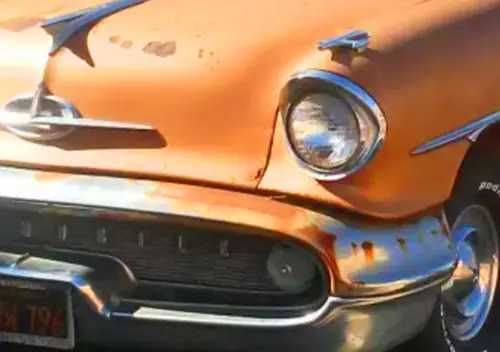
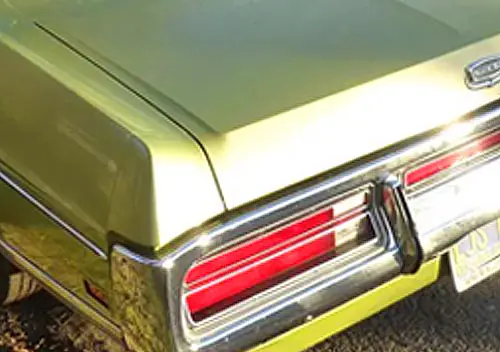
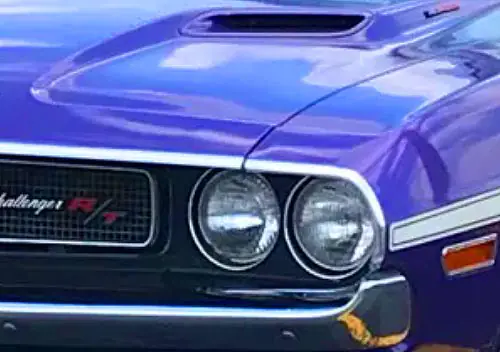


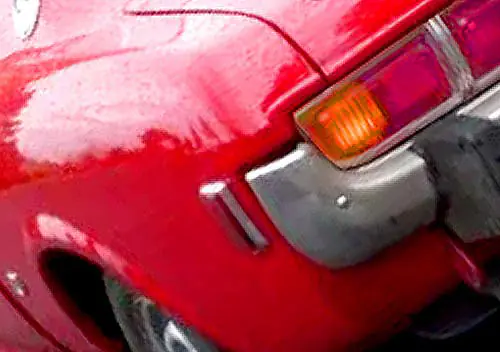
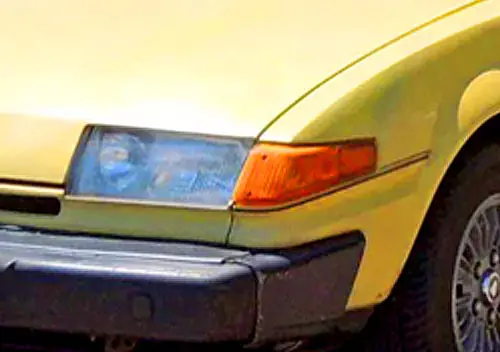
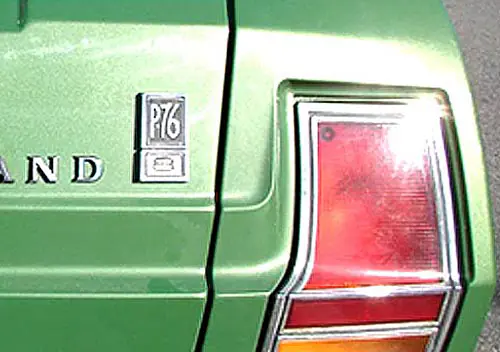
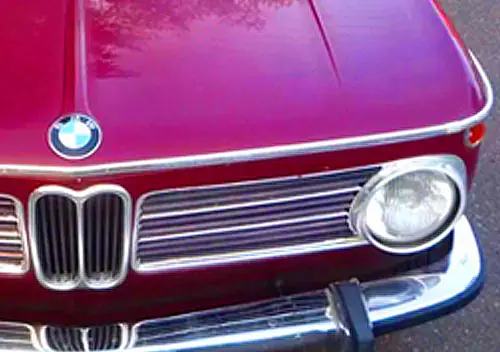
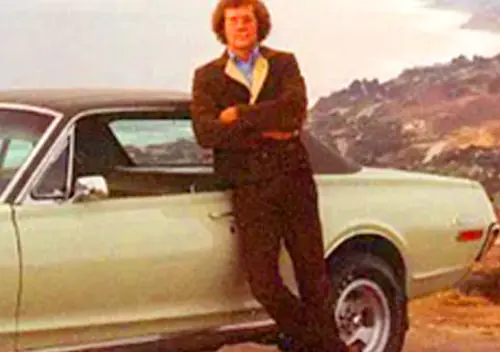
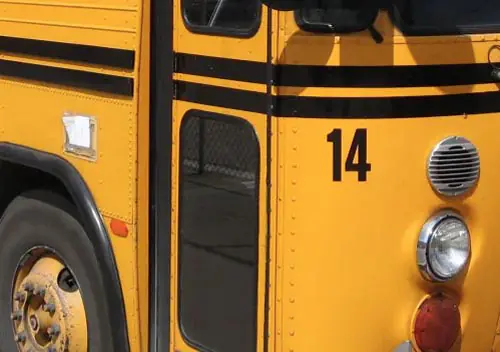
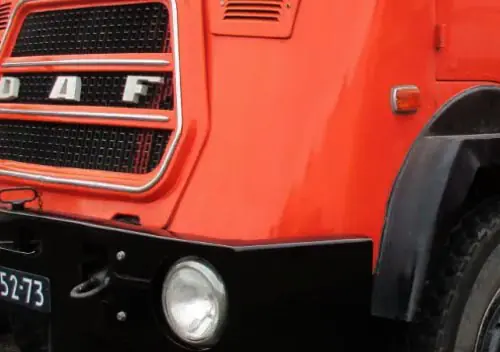
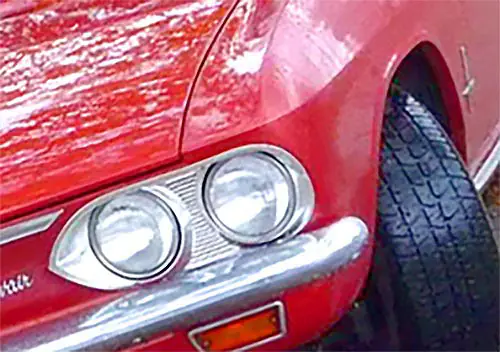

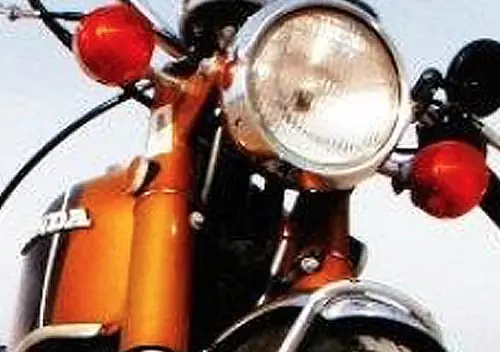




Great to see the car out and getting some exercise—and to share a non-job-related interest with a colleague. I have a terrific soft spot for these full-size Mercury cars (1960s-70s), and so of special interest today.
The car may or may not be this one (Mecum Auctions)—you’re welcome to poach photos if so: https://www.mecum.com/lots/341782/
Could well be the same one!
`61 model Mercurys aren’t my favorites. Mainly because that was the year the division lost it’s unique body that was larger than Ford’s. From this point forward, Mercury’s never lost the status of being ‘gussied-up Fords’. It’s easy to see why the marque was dropped. My second favorite Mercury will always be the 1960 models–a beautiful design IMHO.
In my last job, about ten years ago, I was visiting our Colorado office on a snowy day and another visiting engineer from New England, whom I had just met, drove to lunch in a rental Ford Edge. He drove, shall we say, confidently. Turns out he was (and still is) an active amateur rally.and rallycross driver. He’s now become a repairer/restorer of old British cars.
Later model big Merc turbine rims on it from the 80s at least… They look good on it. Odd how they had fins on the 61, they went away for 62 but returned for a couple of years in 63. Handsome cars, owned a 63 Monty convertible in 92… Great cars. Now have a 63 comet s22 convertible….
I rather like the 61. yes it is just a stretched wheelbase, and does share front fenders, hoof and dash with the Ford. but the wide spaced headlights and reused 60 Mercury front bumper did show enough difference. the fins in 61 were shaved back in 62 and held the taillights. FOMOCO played with triple taillights on Lincolns in the late 50s. they appeared on Canadian Meteors in 60, then here on Mercurys in 61, then again in 63 and 64. For some reason I was aware of Mercurys when a kid.
yes it is just a stretched wheelbase,
Not really, inasmuch as the listed 1″ difference in wb between the Ford and Mercury was either a fudge of the numbers (which was not uncommon) or by simply mounting the rear axle very slightly further to the rear on the leaf springs. The frames, chassis and body shells are essentially identical except for the different exterior sheet metal pieces.
Chrysler did the same trick a number of times, as I’ve discovered. And Ford too, as in the 1″ difference between the ’62 Fairlane and Meteor; same body; nor genuine difference.
I have seen this car several times at the Mecum Indianapolis Spring Classic auction. It got my attention because my first car was a 1961 Ford convertible (Sunliner) in the same colors.
Really good looking car, and a great find Jim.
I’ll have to agree with Tom above about the non-period wheels looking really good on this car. If I had to guess, I suppose they’re the Lincoln turbine wheels from the late seventies or early eighties as he suggests? If so, the owner did a really nice job on redoing the center caps to match the car.
Beyond styling, there is a practical reason for fitting later model wheels to cars of this vintage. Many full size cars from the late 50s & early 60s came with 14″ tires as original equipment.
A useful safety modification when restoring cars from this period is to replace the original single circuit brake system with a dual circuit brake system and upgrade at least the front brakes from drums to discs.
Disc brakes that will fit within the original 14″ wheels are almost non-existent while systems to fit 15″ or larger wheels are relatively easy to source.
If this car has upgraded brakes, that could explain the different wheels.
Makes sense Rob.
I know many are all about keeping a car ‘all original’, but as far as I’m concerned, making these safety upgrades is a very good idea, especially if you are going to enjoy driving the car, as it should be.
Modern traffic is not kind to cars with extended stopping distances, fading brakes, and undersized non-radial tires.
At our regional auto show last week there was a ’67 GT500, and a ’04 Mustang modified to look just like it (front clip, etc). If you have the money, brilliant in my opinion. A great looking homage with all the safety, structural and modern conveniences…..
There’s a company called Revology that does just that… makes reproductions of these Mustangs with modern features.
Some would say blasphemy, but I like the idea. Sadly they are WAY WAY out a mere muggle’s price range.
Gorgeous car- and fantastic restaurant- their shrimp cocktail sauce is world-famous for the strength of the horseradish in it.
Great car! If it were mine, I think I’d change it back to steel wheels and caps, but I get why you’d upgrade to a larger wheel (there are simply more tires available). On a different note, were there any cars where the year molded into the taillight was NOT accurate?
If the same tail light was used multiple years, it would likely be stamped with the first year. That became more a thing in the 80s.
Just lovely .
-Nate
Beautiful car. As time has gone on I really like early 60s American car styling, a more square look overall, but still with a lot of the chrome and embellishments of the 50s. The convertible accentuates the long, straight overall look of the car.
I purchased an unrestored 1961 Monterey convt. from a collector in Tucson many years ago. After merely getting it running well enough to cruise around the block, I sold it a few years later and shipped it, along with a complete 1961 Meteor 800 2-dr Hdtp, to Denmark. The buyer said at the time, that “American muscle cars and big cruisers like these are very popular here, but 1961 Mercs are virtually non-existent .”
Before I retired, my job required that I spend 2 days a week in the office on Meridian St in Indy near Monument Circle. When I had time I liked to sit out front at lunch time on nice days and watch all the guys with nice cars drive around the Circle to show them off.
For about 12 years I attended an annual conference in MIlwaukee. It wasn’t until the last year I was there that one of the guys I had become friends with starting with my first time there casually mentioned during a cab ride that he was customizing a ’55 Packard by mounting it on a Panther chassis. I told him I was a car guy, too. Then he showed me pictures of his other projects. I had no clue that he had a common interest with me. We had usually talked about fire codes. You never know.
I think this is the most attractive 61 Mercury I have ever seen. Of a small number, admittedly, but the few around when I was a kid tended to be lower trim sedans that were either beige or white. This Monterey convertible painted black and trimmed in red really makes the car come alive. And I like the wheels.
The mystery: Why did Ford spend money on a steering column with a hidden shifter tube (which almost nobody noticed) instead of changing the dash that was so obviously from a 1960-61 Ford?
I didn’t read all the comments but clearly we all like the 61 Mercurys. I really like the separation of the headlights, something not seen until the 1971 through 1973 Cadillac devilles, although not quite as far. I was 5 years old in 1960. In 1962, I remember going to our local Lincoln Mercury dealer in Van Nuys, California. Even though I’m 70 years old today, I remember being with my father and the salesman standing behind a white Mercury Monterey. I really liked the taillights that were small round bullet shaped red cone that came out of the tops of the rear fenders. I thought they looked really futuristic, even at just 7 years old. I was on my way to becoming a total American car Gearhead, which I am to this day. I grew up in a Chrysler Corporation family, I mean that literally. I was born in Detroit. My mom’s side of the family all worked and drove Chrysler Corporation vehicles. My dad and his brother both worked at the Ford Motor Company. But there were more Chryslers in the family. In 1966, my oldest brother bought a new black on black 1966 Mustang. That was it for me. My dad’s last Chrysler was a 69 300, it was a white with dark blue vinyl top and interior, a 440 under hood. It and a 64 Valient V200 station wagon were the cars I learned to drive in. In 1972 I bought my first car, a 1969 Mustang Mach I, in 76, my parents bought a new Dark Red Moondust Metallic with matching thick padded half vinyl top and dark red velour interior, Lincoln Town Car. From then on my family and I have only driven vehicles built by the Ford Motor Company. Lincolns, Mercurys, Mustangs and F-series trucks, plus a 1998 Southwind motorhome built on a F450 Super Duty chassis with an injectioned 460 engine. I put a Banks modified exhaust system on it, plus the transmission shift kit that altered the shift points. It included headers and 4 inch pipes with a very cool chrome tip that would turn blue after hours of highway driving, also very cool. Today I drive my second Explorer, a 2008 XLT. Of course it’s black like all of my cars have been, it’s also my first car with cloth interior and a V6 under hood and I love it. Except for my beloved 1975 white with tan interior Mercury Marquis Colony Park wagon. With a 460 4 barrel Motorcraft carburetor under hood, that wagon is still one of my all-time favorites. All my cars have been black Fords. I also have a soft spot in my heart for Chrysler Corporation vehicles from the mid 50s through the 60s. From the Forward Look to the Fuelsage C bodies. Chrysler introduced us to many great ideas that today are industry standards. The first transistor radios and speed control in the 1955 Imperial, TouraionAir suspension in 1957, and in 1960, alternators in the all new Valient. All Chrysler Corporation firsts. After all it’s been through, I’m glad we still have the Chrysler Corporation even though they aren’t American owned. Stallantis is OK with me as long as they keep Chrysler alive. Today I’m looking for a 1995-97 Lincoln Town Car. I had a black 95 Signature Series that I loved. A Panther platform chassis, it turned out to be a great car with more features, comfort and handling, not to mention regal good looks than anyone that’s never owned one gives them credit for. But those who have, we know. I’m also looking for a late 90s Class C motorhome built on an F450 Super Duty chassis, preferably a Fleetwood Tioga, 25,to 31 foot.. Seems the Lincolns and the Ford Tioga motorhomes are hard to find, but if you do, you will still pay top dollar for them both, because they are worth ìt. During the COVID crisis, the price of motorhomes went through the roof because people realized they were a safe way for family travel. I’m glad to see that the prices are now beginning to drop back to normal, in another year I will make my move.
By the way, I noticed the wheels from the 80s straight away. While they do look good, I would never do that.